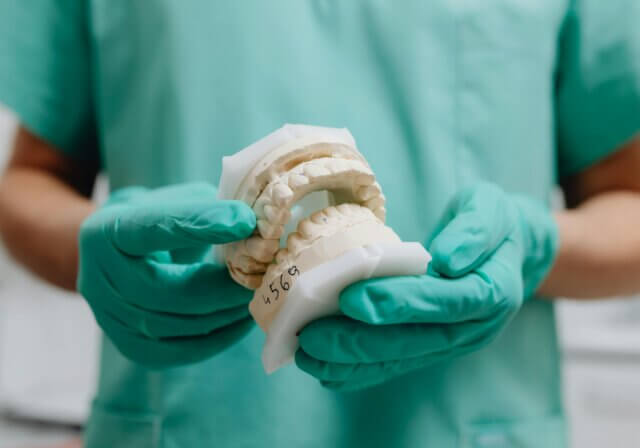Hello! I’m Dr. Jennifer Drever, a General Dentist at Kelowna Dental Centre. Let me guess why you’re here: you woke up this morning determined to learn anything and everything about dental diseases, right?
Not quite? Darn. Ok, wait – before I lose you, I promise to keep this short and sweet, using plenty of stunning diagrams for your learning pleasure.
And if you’ve ever had the opportunity to witness one of my in-operatory tooth diagrams, rest assured that the visuals in this blog will exceed even your wildest expectations.
Let’s get down to business. At Kelowna Dental Centre, we help people optimize their oral health. We are extremely dedicated to educating our patients about dental disease processes, focused on how to prevent and manage them to achieve the smile of their dreams.
Dental Diseases: Many Different Types
We generally categorize dental diseases into a few main types:
- Decay (cavities, tooth decay): where bacteria secrete acid on the teeth to erode holes in the teeth
- Gingivitis (gum disease, bone loss, periodontal disease): where inflammation causes depletion of the bone that surrounds and supports the teeth
- Parafunction (clenching, grinding, or “bruxism”): where teeth are worn down or become broken
- Oral Cancers (not just related to cigarettes and alcohol anymore)
- *Trauma (thanks to Canadians being particularly enthusiastic about sports like hockey and rugby) – not technically a dental disease, but worth mentioning because trauma can lead to tooth loss
- *Acid erosion (an environmental, non-bacterial introduction of acid into the mouth) – also technically not a disease, but worth mentioning because acid erosion can lead to tooth loss
Put simply, decay and gingivitis are both plaque bacteria-induced. One grouping of bacteria affects the tooth, and one grouping of bacteria affects the bone that supports the tooth.
Dental Disease Prevention is Essential

Over 90% of dental diseases are asymptomatic – our teeth are very well insulated! Most people usually don’t notice decay unless it’s close to their pulp (which is when it starts to hurt). They may not even notice bone loss or periodontal disease until their teeth have so little bone around them that they begin to move—eek!
According to the CDC, more than 80% of people will have had at least one cavity by age 34, and almost 50% of adults over 30 have inflammation around their gums – the first indication of bone loss.
In the coming weeks, we’ll highlight each topic listed above in more detail. Prevention is always the number one protection strategy for dental diseases. Translated into hockey terms, a strong offense is a great defense.
Jennifer Drever, DDS
General Dentist
Kelowna Dental Centre



